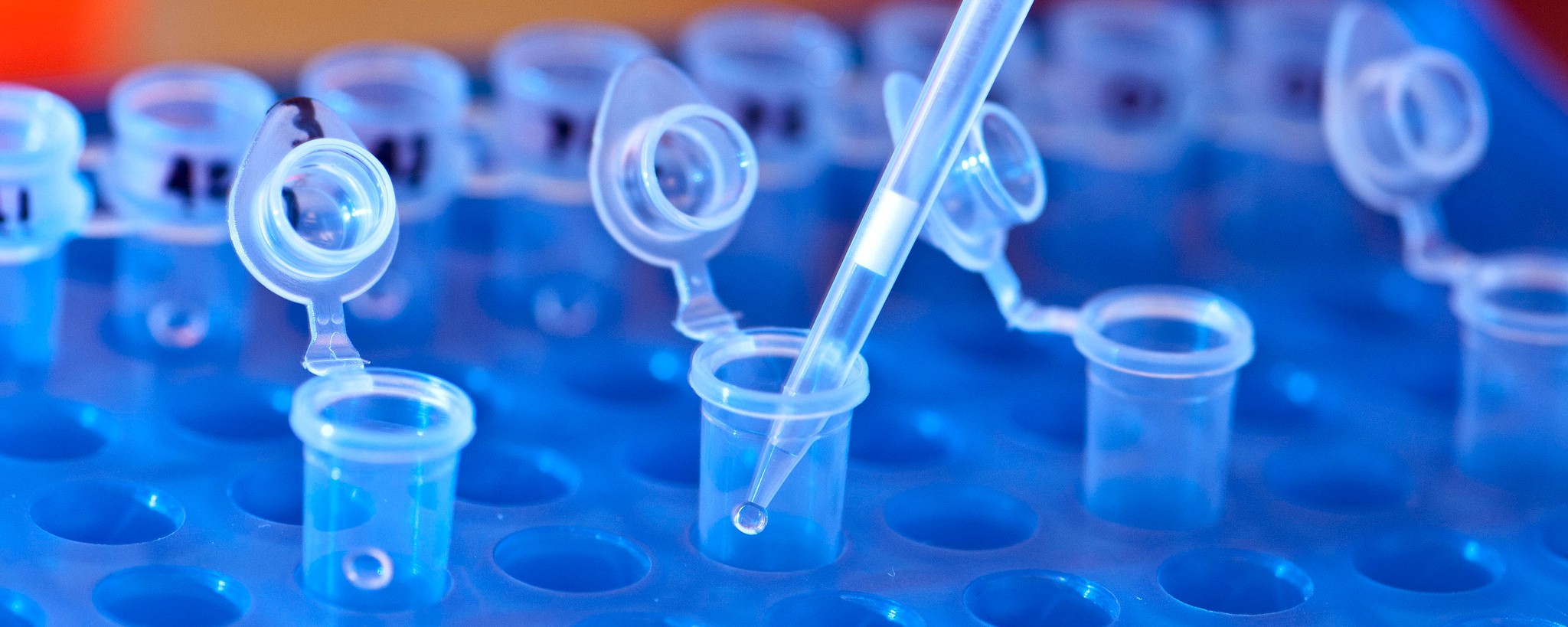

The Golden State Killer: a relatively recent nickname (he’s been known as the “East Area Rapist” and the “Original Night Stalker,” amongst other monikers) for a person who is believed to have committed at least 12 murders, 50 rapes, and 100 burglaries in the Sacramento, California area in the 1970s and 80s. As recently as 2016, the FBI was offering a large reward for information that would lead to his capture, but it wasn’t until this week, three decades after he terrorized Sacramento, that a suspect, 72-year-old former police officer Joseph James DeAngelo Jr., was arrested.
The capture of a famous alleged serial murderer and rapist would obviously be big news no matter the circumstances, but it was the methods that led to DeAngelo’s arrest has shocked people this past week. Police had the DNA of the suspect for decades, but it was impossible to connect it to anyone who didn’t also have a DNA sample in police databases–none of their existing samples matched. But a distant relative sent a sample of their DNA to a database called GEDmatch, and the police were able to connect that sample, and, subsequently, DeAngelo himself, to the DNA of the Golden State Killer. The match was described by Sacramento DA Anne Marie Schubert as finding “the needle in the haystack.”
DNA profiling has been used by law enforcement around the world for decades, and the problems and benefits that have emerged over time way are too numerous and varied to go into in any great detail here. And police have tried to use relatives’ DNA–in legally dubious ways–to zero in on suspects, like in this case a few years ago, written up in Wired.
Commercial genetic testing services are relatively new, and the big players like 23andme and AncestryDNA don’t allow law enforcement access to their records. But GEDmatch, which has more than a million users, allows people to upload their genetic information into a publicly searchable database (it’s often used for things like searching out separated family members or adoption information). It’s important to clarify here: if you’ve sent DNA to something like 23andme, the only way it would wind up on GEDmatch is if you put it there. It’s essentially a way for the genetic information siloed in places like 23andme and Ancestry to be cross-referenced–and it’s easy to see the good that can do, when it comes to something like reuniting family members.
But it’s impossible to know the consequences of uploading genetic information to a database like GEDmatch, now or in the future. In a segment on WNYC’s “The Takeaway,” NYU law professor Erin Murphy, author of Inside the Cell: The Dark Side of Forensic DNA, dove into some of the potential consequences of exposing your genetic information this way. It’s never an individual decision: if I uploaded my information, I’d be exposing the genetic information of my family members–even relatively distant relatives, as in the case of the Golden State Killer–now and in the future.
It’s a bit mindblowing, thinking about the consequences your genetic information in the public record could have for your descendants. You might be confident that you’ll never commit a crime, and there’s the classic line about privacy concerns: “Who cares if they see my information, I have nothing to hide.” But are you willing to make that choice for your great-grandson? It extends far beyond law enforcement, Murphy points out. Are you comfortable telling your great-grandson’s employer that he might carry certain genetic markers?
In the interview, Murphy also cites examples of genetic material given with an expectation of privacy and then sold to for-profit companies when the research organizations went bankrupt. It’s impossible to predict where your information will go, who will want to use it–and, most importantly, what they’ll want it for.
I listened to Anne Marie Schubert, the Sacramento district attorney, on the radio a few evenings ago. The legacy of the Golden State Killer is one of devastation and trauma, that’s undeniable. But when the interviewer repeatedly asked about these privacy concerns, she continually brushed them aside with reminders that the suspect in question had caused so much harm that the methods were warranted.
I have sympathy for this perspective, but I also believe that legal systems, when they work well, cannot make exceptions: the same methods that might put a man who deserves it behind bars can be used to falsely arrest and imprison others, especially where individual or systemic bias is involved (and yes, we’re talking about the U.S. justice system here, so I probably don’t need to spell any of this out). It’s easy to think of the benefit this kind of DNA matching has for an individual case–but nothing about DNA is individual.


How We Get To Next was a magazine that explored the future of science, technology, and culture from 2014 to 2019. This article is part of our Vital Signs section, on the future of human health. Click the logo to read more.
